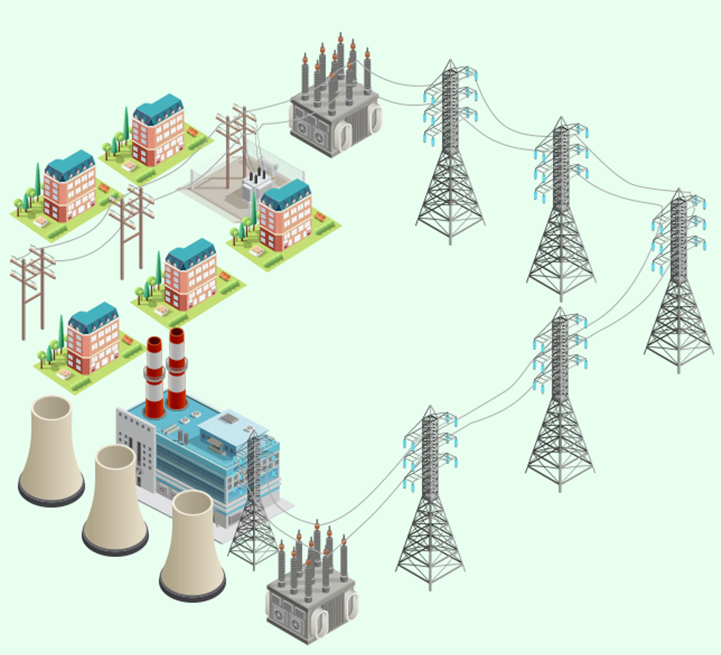Overview
This article provides a concise technical overview of power quality related to grid harmonics, including definitions, causes, common terms, and relevant national limits.
What is a harmonic?
An alternating signal that is non-sinusoidal can be expressed as a linear combination of sinusoidal components at different frequencies. The component whose frequency equals the original signal frequency is called the fundamental. Narrowly defined, harmonics are components whose frequencies are integer multiples of the fundamental frequency. These arise when a periodic non-sinusoidal quantity is decomposed by Fourier series: components with frequencies greater than the fundamental are called higher-order harmonics, with the second harmonic, third harmonic, and so on. Broadly speaking, since the utility AC system normally has a single fundamental frequency, any component with a frequency different from the fundamental is considered a harmonic. When a sinusoidal component has a frequency that is a non-integer multiple of the fundamental, it is called a fractional harmonic or interharmonic. For a periodic composite waveform y(T) represented by a Fourier series, the first term is the mean or DC component, the second term is the fundamental, and subsequent terms are harmonics.
Causes of harmonics
Harmonics in power systems are primarily caused by nonlinear loads. Typical nonlinear loads include UPS systems, switching power supplies, rectifiers, frequency converters, and inverters. When the current through a load is not linearly related to the applied voltage, the resulting non-sinusoidal current contains harmonic components.
Harmonic terminology and formulas
- Harmonic component
A component obtained by Fourier series decomposition of a periodic AC quantity whose frequency is an integer multiple of the fundamental frequency. - Harmonic order (h)
The integer ratio of the harmonic frequency to the fundamental frequency. - Harmonic content (for voltage or current)
The portion of a periodic AC quantity remaining after subtraction of the fundamental component. - Harmonic ratio (HR)
The ratio of the rms value of the hth harmonic component to the rms value of the fundamental component, expressed as a percentage. The hth harmonic voltage ratio is denoted HRUh; the hth harmonic current ratio is denoted HRIh. - Total harmonic distortion (THD)
The ratio of the rms value of all harmonic components to the rms value of the fundamental component, expressed as a percentage. Voltage total harmonic distortion is denoted THDu; current total harmonic distortion is denoted THDi. - Short-duration harmonics
Harmonic currents and resulting harmonic voltages caused by impulses lasting no more than 2 s, with intervals between impulses of not less than 30 s.
China: national harmonic limits
The national standard GB/T 14549-1993 specifies clear limits for harmonics in the public power grid.
- Limits for harmonic voltage in the public grid (phase voltage).
- Permissible harmonic current values.
The rms values of harmonic current components injected by all users at a public connection point shall not exceed the allowable values specified in Table 2. When the minimum short-circuit capacity at the public connection point differs from the reference short-circuit capacity, conversion of the allowable harmonic current values in Table 2 is given in Appendix B.
Practical example
Based on the above, consider a customer whose grid is 10 kV and whose measured voltage total harmonic distortion (THDu) is 3.4%. According to the national standard, the THDu limit is 4%, so the measured value is within the acceptable range.
 ALLPCB
ALLPCB








